The injury I’m going to discuss in this video is often ignored by medical professionals, injury victims, and injury lawyers, but it can pay big. Big enough so you can spend more time eating cake by the ocean. This injury is often sustained in rear-end car accidents and T-bone accidents.
What is AOMSI?
So what is the injury? This injury is known as AOMSI, which stands for Alteration of Motion Segment Integrity. AOMSI is one of the highest and most severe trauma injuries recognized by the American Medical Association in automobile accidents. An AOMSI injury is caused in a car accident when ligaments and supporting structures of the spine, commonly the neck area, are damaged, stretched, or torn. It is a permanent injury that can lead to loss of range of motion in the spine.
The Impact of AOMSI
The theory of a whiplash injury or injury to the soft tissue is replaced by new studies that find that the end result of trauma from a car accident, for example, is ligament laxity. Ligament laxity is a loss of functional stability between two adjacent vertebrae. This is an objective clinical finding. It’s not based on opinion. AOMSI is so serious that depending on the severity of the AOMSI, it can be rated as high as a 25% impairment rating by American Medical Guidelines, which is comparable to severe injuries such as an amputation.
Misdiagnosis and Prevalence
Unfortunately, AOMSI is often misdiagnosed by treating doctors. It’s an overlooked injury even though it’s one of the highest-rated and most severe accident injuries according to the American Medical Association. Research, however, suggests that 65% of individuals involved in car accidents sustain an AOMSI injury. Sophisticated diagnostic tests are required to diagnose AOMSI. This diagnostic testing can, however, show the torn or stretched ligaments in the neck region down to the millimeter.
Importance of Diagnosis
If you are someone who has been treated for a spinal injury for months after a car accident with little to no relief, it’s very possible you may have sustained an AOMSI injury. It’s crucial you find a medical professional experienced with diagnosing and treating AOMSI injuries. In fact, AOMSI testing is appropriate for anyone experiencing any spinal pain or discomfort following a motor vehicle accident. Getting properly diagnosed when you have AOMSI is crucial for two main reasons:
- Healing and Recovery: Your healing and recovery are only improved by an accurate diagnosis. If you are not aware you have an AOMSI injury, you risk aggravating your injury. It’s important to properly stretch and strengthen your neck after an AOMSI injury to help the healing process.
- Impact on Injury Claim: Getting diagnosed with AOMSI can have a big impact on your injury claim. If an AOMSI injury is diagnosed, it can lead to a bigger payout in a car accident injury case than any case that is simply labeled as a soft tissue injury case. Many soft tissue injury cases may only be valued at $5,000 or $10,000 by the insurance companies. AOMSI injury cases, however, can pay more.
Insurance Companies and AOMSI
Without proper documentation of your AOMSI injury, an insurance company is likely going to argue that you have only a soft tissue injury and thus your claim is worth less. Insurance companies are more likely to pay more upon receipt of a report that clearly diagnoses an AOMSI injury. Quite simply, AOMSI injuries are in compensation ranges many times greater than soft tissue injuries. Because an AOMSI injury diagnosis is objective, it is very tough to refute by insurance companies. It can also be expensive for insurance companies to try to refute an AOMSI diagnosis.
Conclusion
Being diagnosed with an AOMSI injury can be helpful to the value of your injury claim, but that alone won’t get you a maximum settlement on your case. There are actually many ways you can maximize your car accident injury payout. In this video about to pop up here, I’ll provide you with five tips on how you can maximize your payout on a car accident injury case. Lastly, if you’ve been injured in a car accident in Kentucky, remember: don’t wait, call Tate.
4o



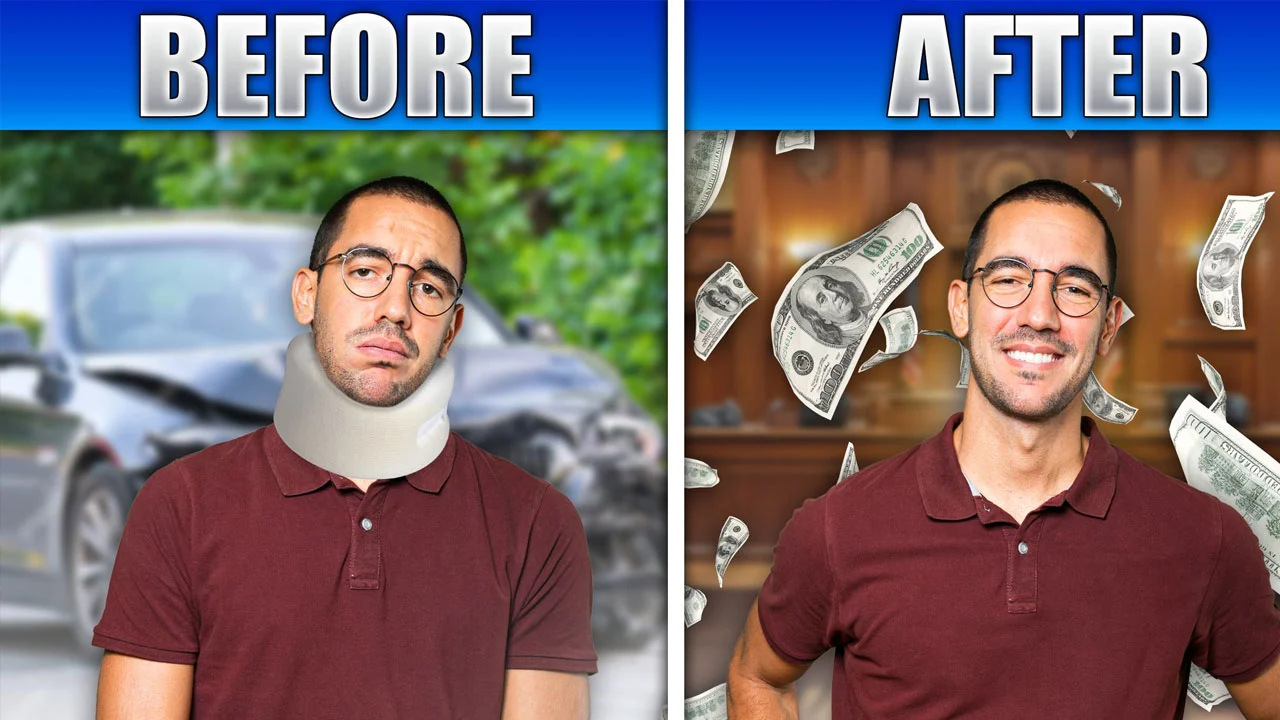
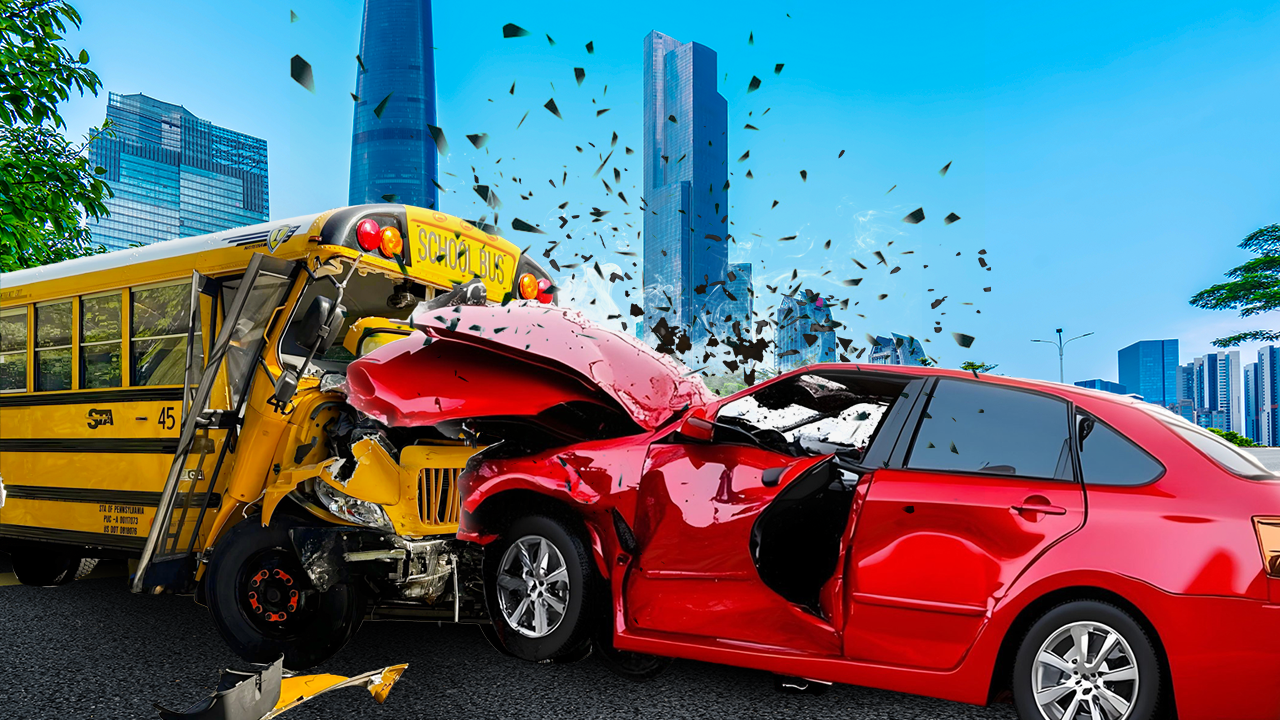
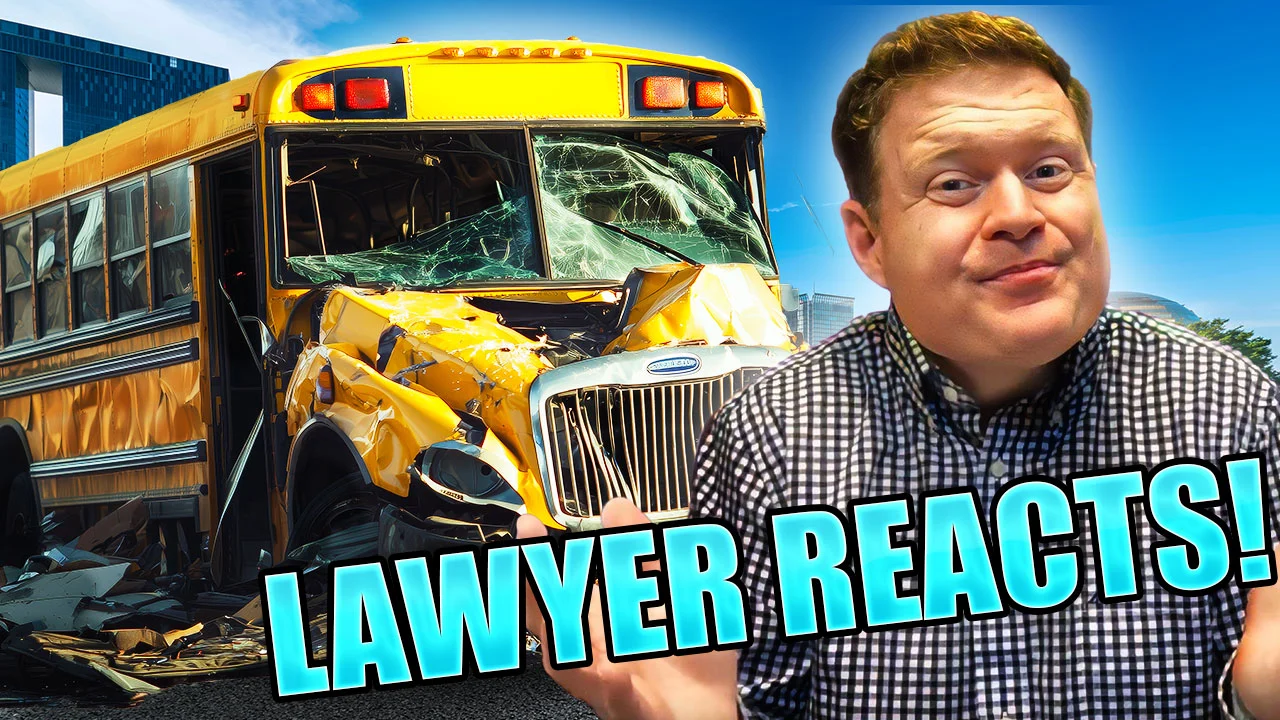
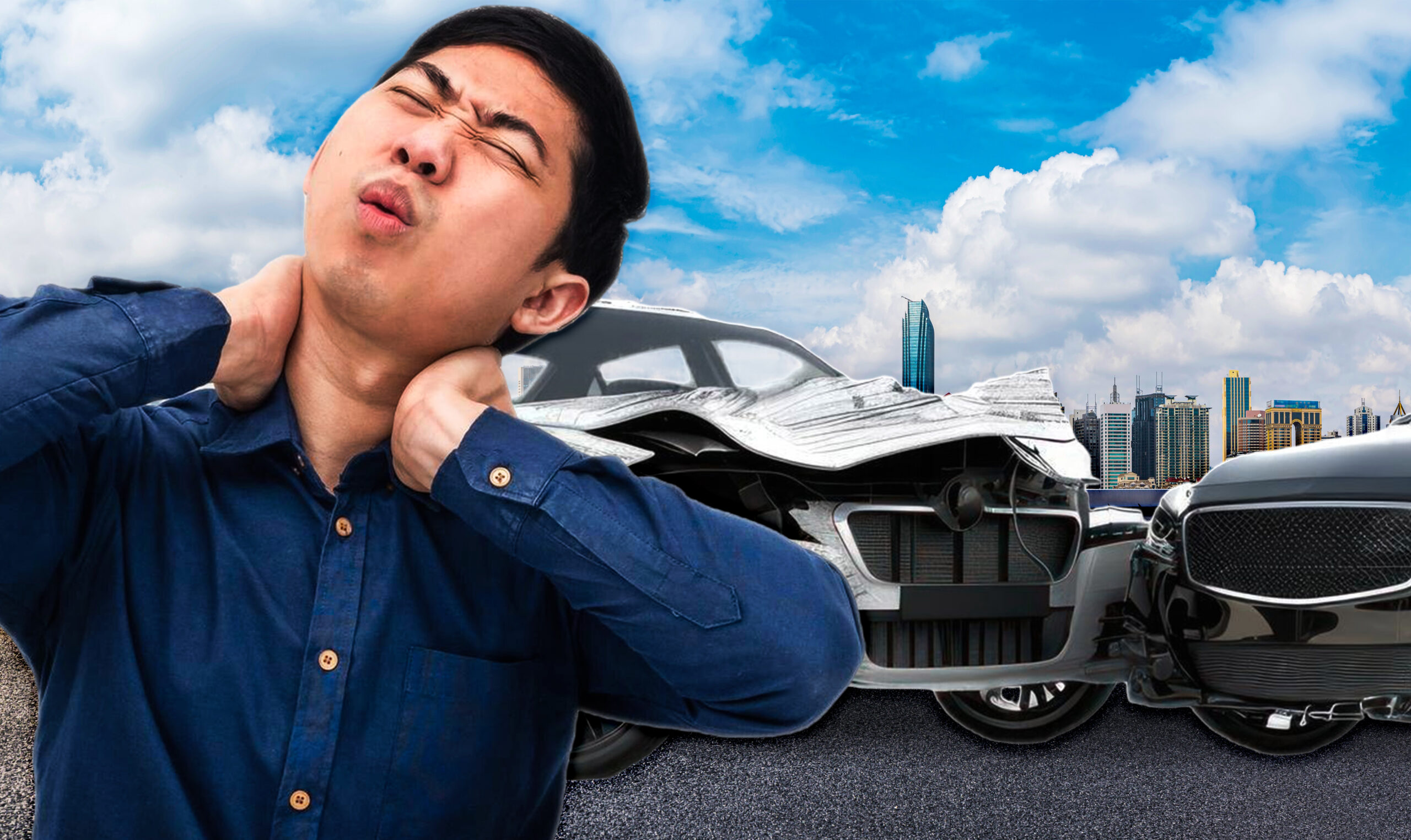
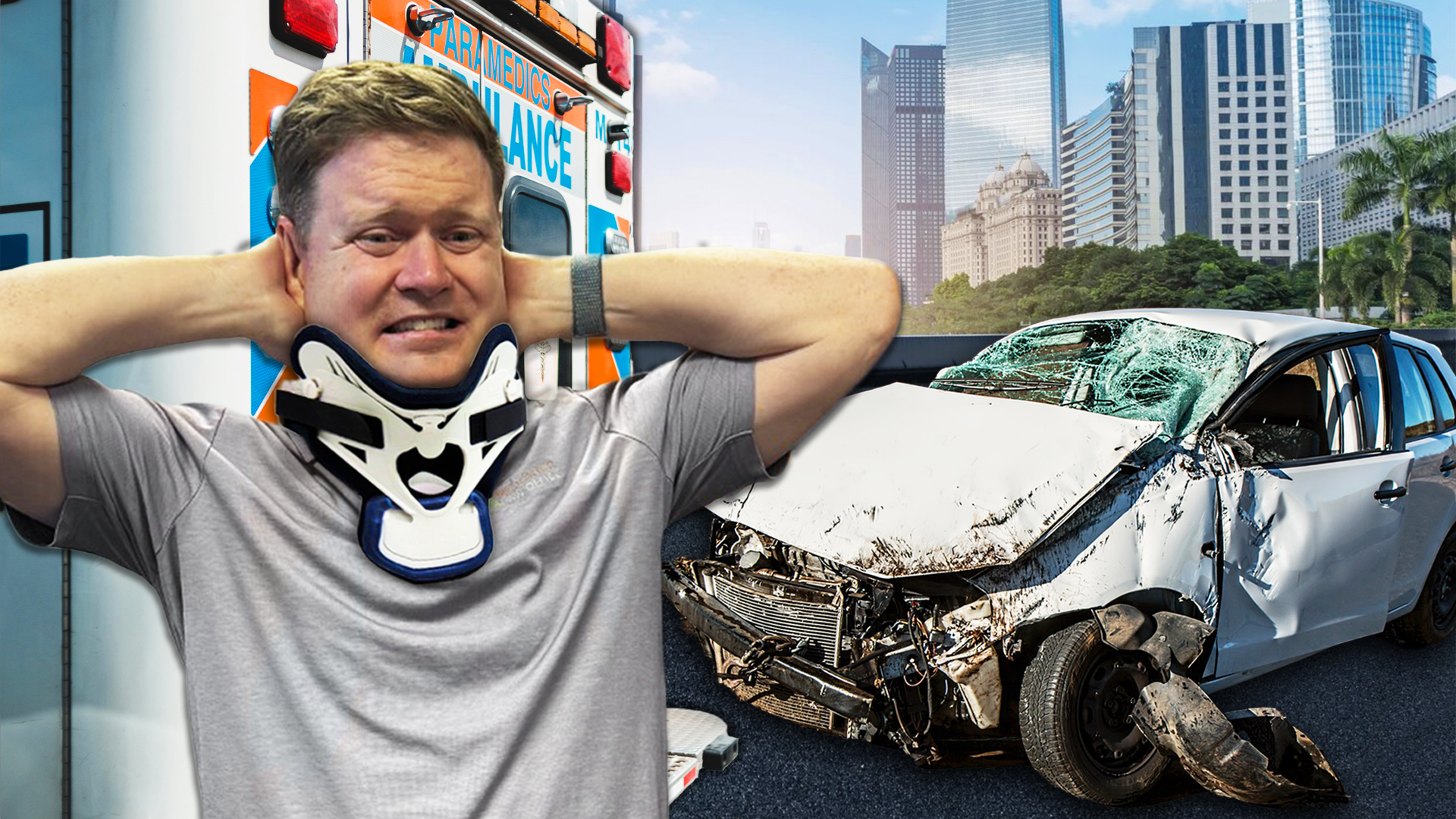
Recent Comments